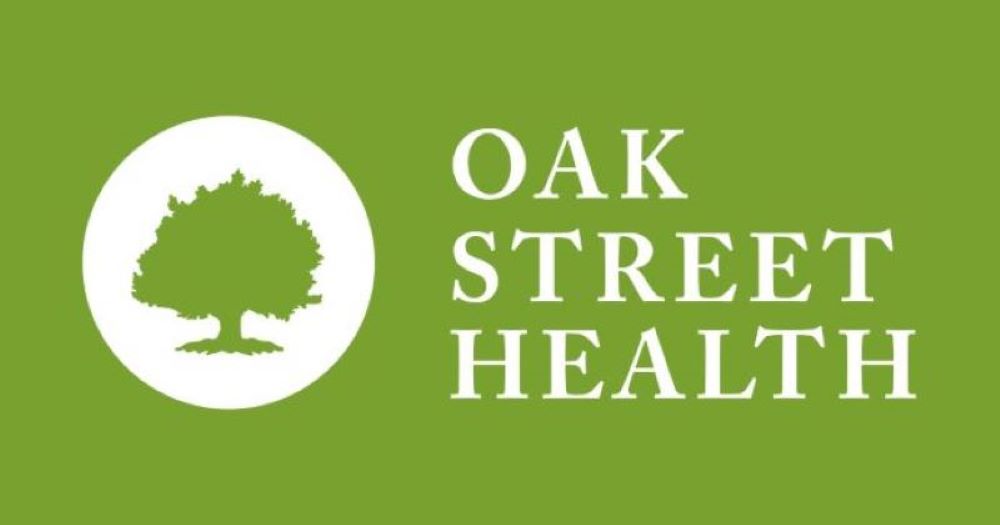My Introductory Pharmacy Practice Experience (IPPE) in ambulatory care is currently being held remotely due to the COVID-19 pandemic. My preceptor logs in at 8 AM and starts her telehealth appointments around 9AM. Depending on her schedule, she also performs hospital discharge medication reconciliations. Working from home has its advantages, however it also places communication barriers between our team and the patients requiring our services.

Most of the pharmacist interactions at Oak Street Health are held over the phone to minimize the number of patients coming to the clinic for in-person visits. Given the diversity in the Philadelphia region, my preceptor is often scheduled to have telephonic visits with Spanish-speaking patients.
Normally she would use a 3rd party company that offers translation services. The first time I overheard one of these calls, I noticed there was some inefficiency when relaying information from the pharmacist to the patient and back. This was likely due to the translator not being aware of patient-specific needs and patient medical history.
The next time this scenario came up, I realized that I could be of service and make a difference in this situation. When I mentioned I am fluent in Spanish, the pharmacist decided that I should act as the translator during a three-way call.
Although this was not the first time I had spoken to a patient in a different language, I was especially prepared for this call because we had just learned about INR testing and warfarin counseling points.
This gave me a lot of confidence and I sensed the familiar aura of nervous excitement overcome me.
I introduced myself and my preceptor in Spanish and it was apparent from the patient’s lively response that she was happy the visit would be conducted in her preferred language.
We first spoke about how she is taking her warfarin prescription, and then I screened for possible adverse reactions such as bleeding or leg swelling. I also asked about her daily diet and stressed the importance of eating steady amounts of leafy green vegetables, as this can affect warfarin levels.

Patients may believe that they are not allowed to have these foods, so pharmacists play a key role when counseling on warfarin and lifestyle.
Unfortunately, this patient’s INR was slightly lower than the goal of 2-3, so after assessing her adherence and making sure her diet was steady, the pharmacist decided to increase her weekly dose slightly.
The dosing changes for warfarin can be very confusing. Therefore, I repeated myself multiple times, both in Spanish and in English, so that the pharmacist could ensure I was relaying the correct information and the patient had time to record the changes.
At the end of the interaction the patient gave me a warm “muchas gracias”. This turned my nervous excitement into appreciation and motivation.

If we had not adjusted the way of communicating with the patient, she may have been overwhelmed by having to talk to another person who does not have understanding of her medical condition and medications. I also would not have gained valuable experience from translating during a pharmacist-patient interaction.
I plan to continue to use my skills to break down language barriers regardless of the pharmacy setting. According to my preceptor, this was very helpful for completing her daily tasks and is something that I should continue to practice even after my rotation is over.
As a future pharmacist, I look forward to making a global impact on healthcare by bridging gaps in communication and advocating for patients who may feel confused or overwhelmed. At the same time, I hope to EMPOWER these patients to seek out help when they need it!


Be the first to reply